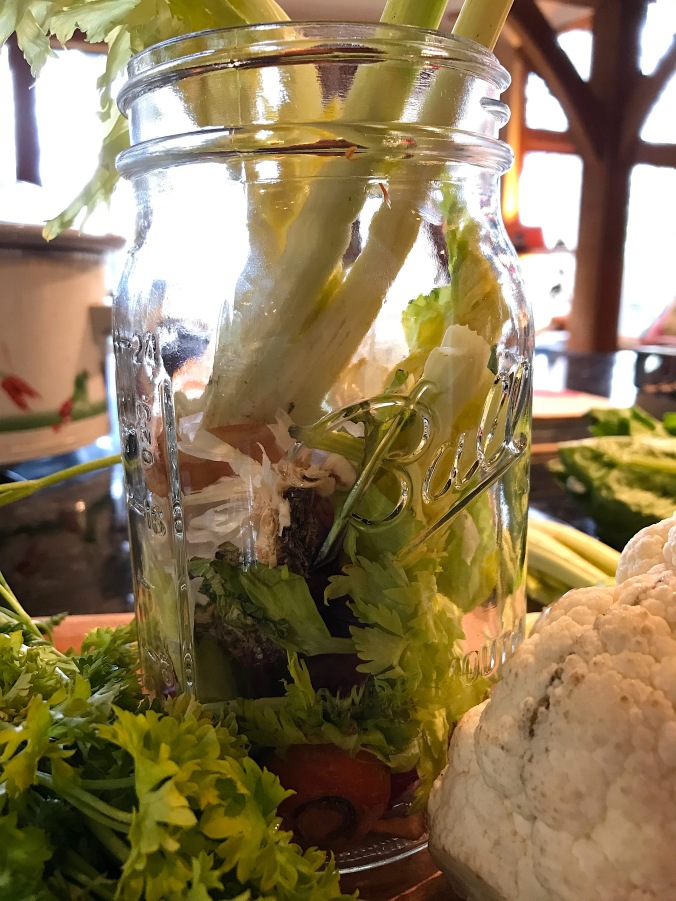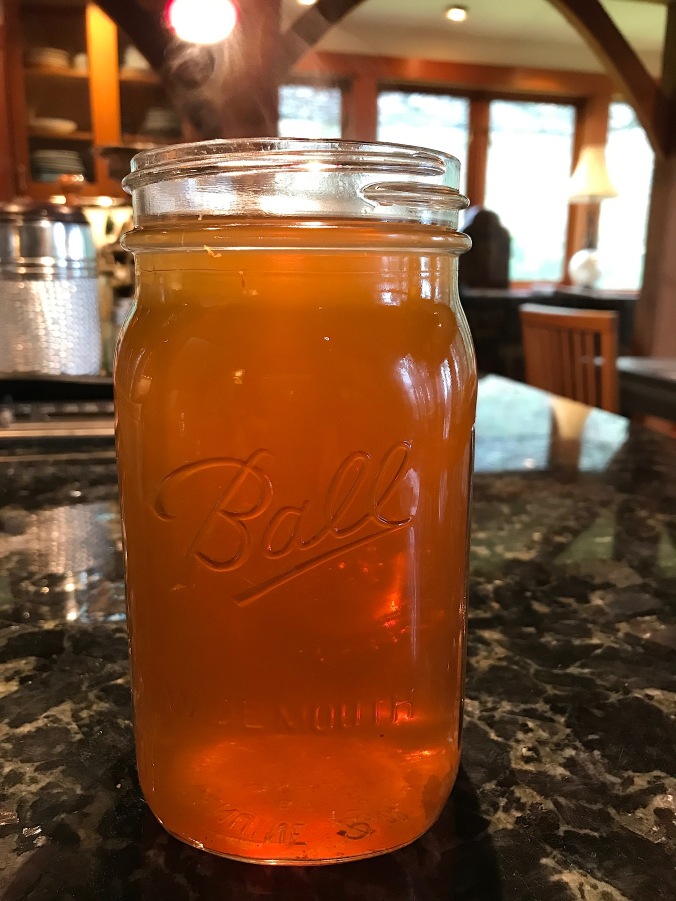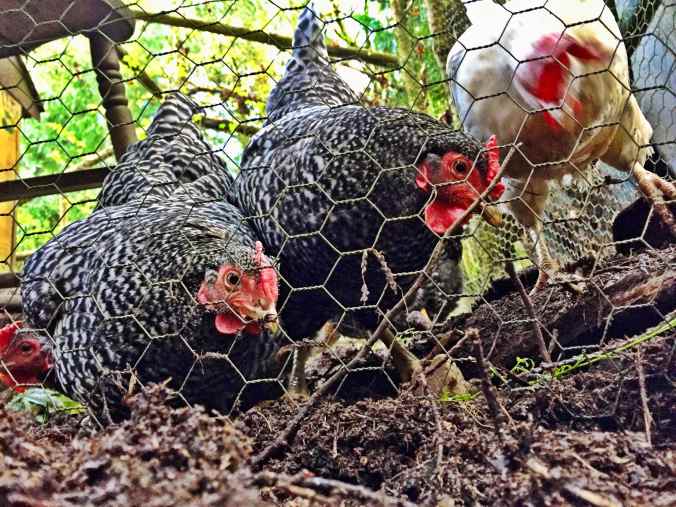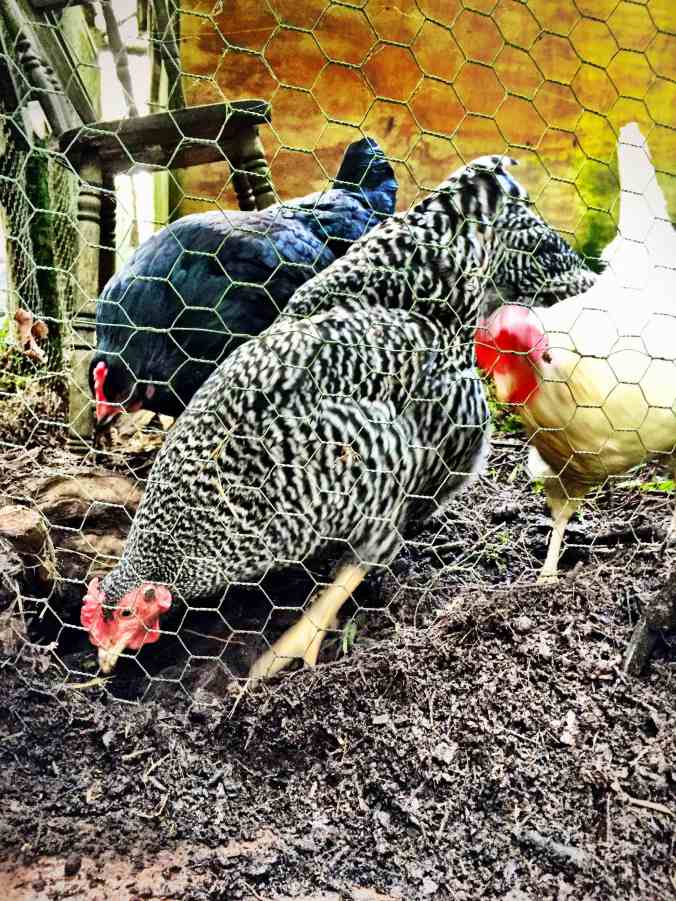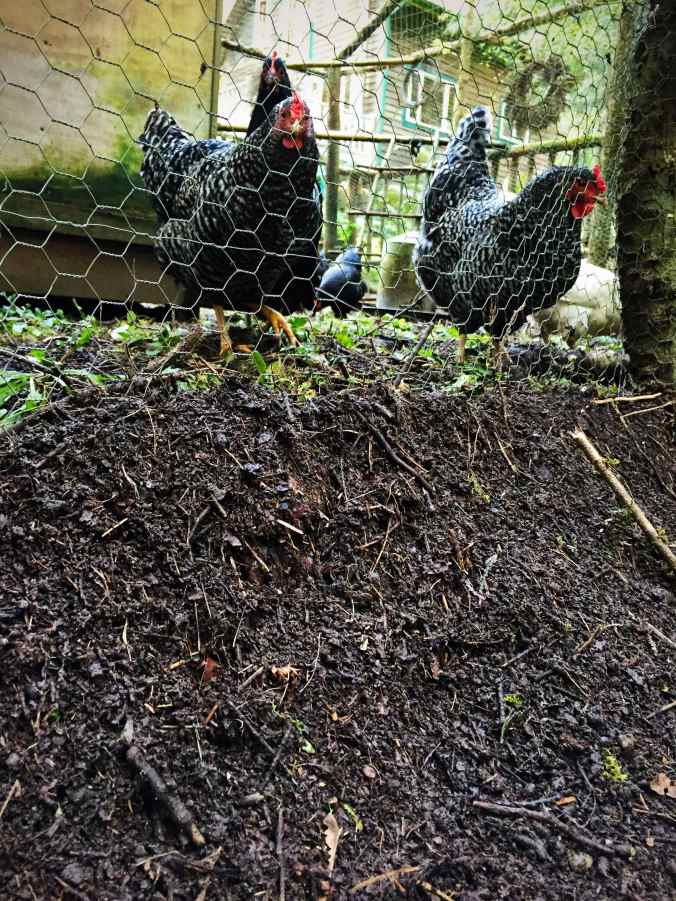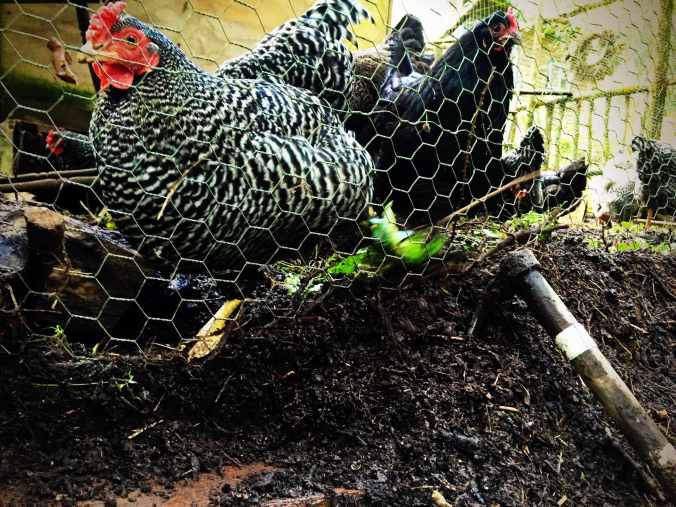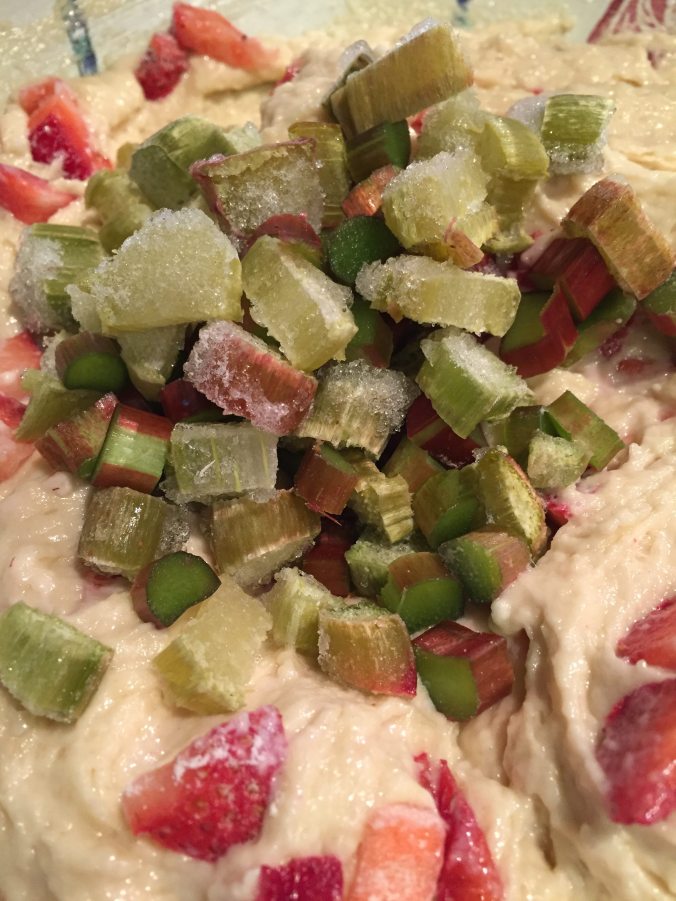Yuck? No! It’s food for your veggies and flowers.
Most people don’t know that you can compost all sorts of paper bits, string, cotton fabric, human hair, and wax paper. Throw it in the pile and turn it into garden gold!

What’s in Our Compost? Paper scraps, hair, pet fur, wax paper, egg shells, cotton fabrics, string, read on….
If you don’t compost, you can put these things in your organic or yard waste, if you have a municipal yard waste pickup in your community. Failing that, offer your compostables up to a neighbor in your Buy Nothing group. They’ll gladly take it off your hands. My pile can always take more ingredients as we use it on our 8 gardens and one acre of lawn. Keeping this stuff out of your garbage will save you money in the end. So, what can go into the compost pile?
Any organic matter that our chickens, dog, cat, humans, or guinea pig won’t eat goes into the decomposing pile. But we’re also able to compost other weird stuff. Here’s a short list of the unusual things we’ve been able to turn into fertilizer:
Human Hair from Haircuts and Shower Drains
Pet Fur
Band Aid Wrappers
Baskets
Wine at the Bottom of the Glass
Floor Sweepings (I pick out the plastic bits)
Clay
Coffee Grounds and Filters (but you knew that already)
Coffee Bags (non-plastic-lined, just rip out the metal strip at the top)
Sugar Packets
Shredded Paper
Ashes from the Fireplace and Fire Pit
Paper Produce Stickers
Butter Wrappers (these really do break down)
Wax Paper (but it also makes great fire-starter)
String
Bailing Twine
Balloons (the latex kind only)
Cotton Fabric
Cornstarch Packing Peanuts
Crushed Egg Shells (the worms love ’em)
Cardboard Egg Cartons (great carbon source)
Q-Tips (the kind with the paper applicators, non-plastic)
Toilet Paper Rolls (ditto on the carbon source)
Nut Shells (they do break down, but can also go in the firestarter)
Fruit Pits (we get sprouted peach trees each year)
Fabric Scraps (so long as they’re natural non-bleached, non-poly)
Sheep’s Wool (we have lots for crafting)
SCOBY (my hens love it, but it can go in the compost, too)
Half-Burned Match Sticks
Old Seeds and Their Packets (we might get some freebie veggies the next season)
Pencil Shavings From the Sharpener
Nail Clippings From Cats, Dogs, Humans (Ew, gross!)
Paper Lollipop Sticks
Wax Coated Paper Candy Wrappers
Masking Tape
Parchment Paper
Old Potpourri
Old Baking Soda
Non-Toxic Play Doh
Puzzles
Rags
Latex Rubber Bands
Corn Husks and Cobs
Yarn
Paper Towels (but we’ve given those up)
Tissues (same as above)
Tea Bags and Paper Wrappers
Paper Scraps
Old Herbs and Spices
Entire Buried Fish (these go way down in the pile)
Entire Buried Chickens (these go even further down in the pile)
Cat Vomit (did she write cat vomit? Seriously, why throw it in the garbage if it’s just going to break down anyway?)
Avocado Pits (See what I did there? I moved right along. BTW, the worms love the avocado pits and lay their eggs in them. Think worm nursery.)
Guinea Pig Droppings (Have I grossed you out enough?)
Dog Vomit (Ok, Liesl, you’ve gone too far!)
Bee Vomit (That’s honey!)
I’ll stop there. You get the point. If it’s organic matter, it’ll break down. If it’s a paper product, the organic matter in the pile will break the paper down. And it all ends up on the lawn or in the gardens feeding the little plants into big plants and then producing beautiful food for our table.

Peas produced from the fertilizer we make out of weird composted stuffs. © Liesl Clark
What NOT to put into your compost pile:
Lint: I used to put lint into the compost until I realized much of our lint is synthetic fibers. It’ll never break down.
Organic Produce Stickers (You have to pick off each one of these buggers and put them in your trash because they’re made of plastic.)
Plastic-Coated Papers
Thermal Receipts (These are Bisphenol-A-laden. It’s an endocrine disruptor. Just say “no” when someone asks if you want a receipt.)
What other oddities can you add to the compostables list?
